Creating Tomorrow's Forests by
Dr Simone Webber Senior Ecology Editor
Sitting Spiritually are now working with Creating Tomorrow's Forests, so any future purchases you make with us will come with a certificate showing the name and location of your tree.
You don't need to do or sign anything, and there are no additional costs involved. As a company, we want to help the environment, and this seemed the most relevant way for us to play our part.
Creating Tomorrow's Forests have planted almost 8 million trees around the UK, we're going to help them plant even more......
At Creating Tomorrow’s Forests we aim to fight climate change and increase biodiversity by planting native trees in the UK. We offer businesses a solution to meeting their sustainability and environmental goals by funding the planting of trees in our forests. By helping us recreate and restore the woodlands that we have lost, our members are reducing excess carbon dioxide in the atmosphere and creating valuable habitat for wildlife here in the UK. With our expertise in planting and managing forests, we create beautiful woodland ecosystems that will thrive and provide a multitude of benefits for people and the planet.
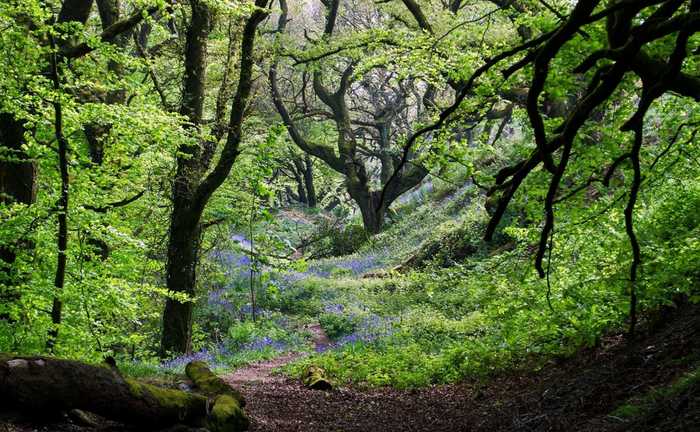
Why do we need to plant more trees?
Climate change
Climate change as a result of human activity has led to an increase in global average temperature of 1.1°C compared to the pre-industrial era. This rise has been associated with an increase in extreme weather events, the retreat of glaciers and sea ice, and record sea levels. Under the Paris Agreement, which has been signed by almost every country in the world, targets have been set to reduce global greenhouse gas emissions by 7.6% every year until 2030, in order to limit global warming to 1.5°C.
In spite of reduced carbon emissions due to the global Coronavirus lockdowns and increasing awareness of the urgency of the climate crisis, 2020 was the joint hottest year on record. Although many solutions are being developed to reduce atmospheric carbon dioxide and tackle global warming, the most effective, scalable solution is planting trees. Trees absorb carbon dioxide and can lock carbon away in their wood, providing a long-term carbon storage solution.
Currently 29% of anthropogenic greenhouse gas emissions are sequestered (absorbed and stored) by the terrestrial biosphere, with forests being the major contributor. Trees have huge potential to help in the fight to reduce excess carbon dioxide emissions, and there is scope to plant an additional 0.9 billion hectares of continuous forest globally, without encroaching on land currently used for agriculture. This would sequester 25% of the current atmospheric carbon pool, representing a substantial contribution to reducing excess carbon dioxide. This reinforces why there are commitments to plant millions of trees around the world, with projects such as The Trillion Tree Campaign and the Bonn Challenge working to plant as many trees as possible.
Trees also play a part in mitigating for the consequences of climate change, reducing soil erosion, reducing flooding, and lowering temperatures in the areas they are planted, so increasing forest cover has enormous benefits for the environment and human wellbeing.
Biodiversity loss
Restoring forests will also help to address one of the other great challenges facing humanity, the global loss of animal and plant species. Animal population sizes have dropped 68% since 1970 and we are losing all species at a faster rate than at any time in the Earth’s history. It is estimated that 1 million species globally are faced with extinction, over half of amphibian species face extinction, and there have been drastic reductions in insect populations, which could lead to a collapse of natural systems and considerable problems for food production.
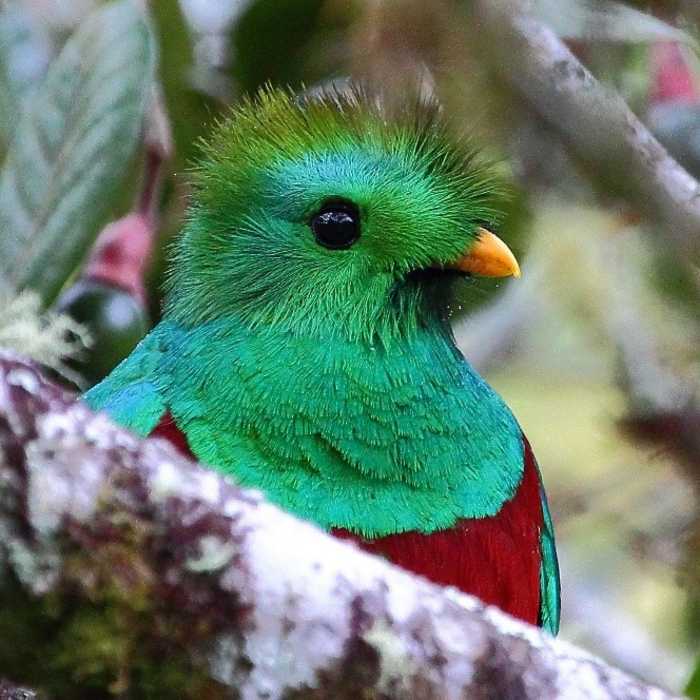
Biodiversity loss occurs primarily as a result of deforestation, habitat degradation, pollution, hunting, changes in land use, and climate change. All ecosystems have an intricate web of interlinked species and removing even one can have profound consequences for the health and resilience of the remaining species. For example, if an apex predator such as a wolf is removed, then herbivores such as deer increase and the grazing pressure on vegetation can be extreme. Biodiversity loss threatens not only other species, but human existence itself because we are so reliant on natural resources to survive. The reduction of wild spaces for animals also brings them into closer contact with people and increases the probability of zoonotic transmission of diseases such as Covid-19 to humans.
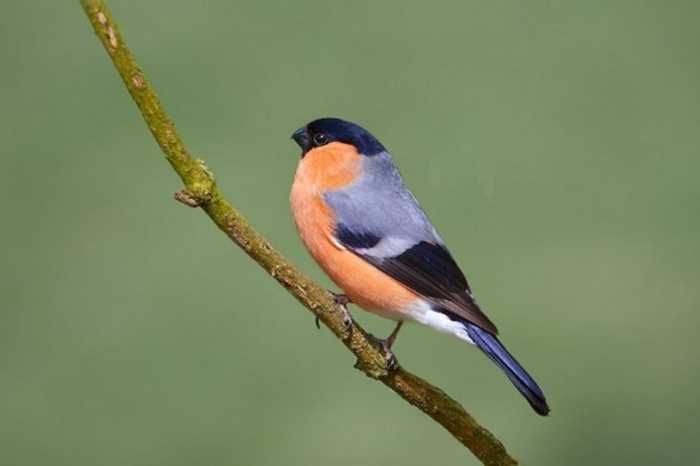
Forest ecosystems are critical to global biodiversity because eighty percent of terrestrial invertebrates are found in forests, and although there are over 80,000 tree species, only 1% have been studied. This represents a huge untapped potential for raw materials and medicine, and highlights how little we know about how species in forest ecosystems interact with each other. Increasing forest biodiversity can also increase carbon capture, so planting diverse, native forests is critical for the planet.
Where do we need to plant trees?
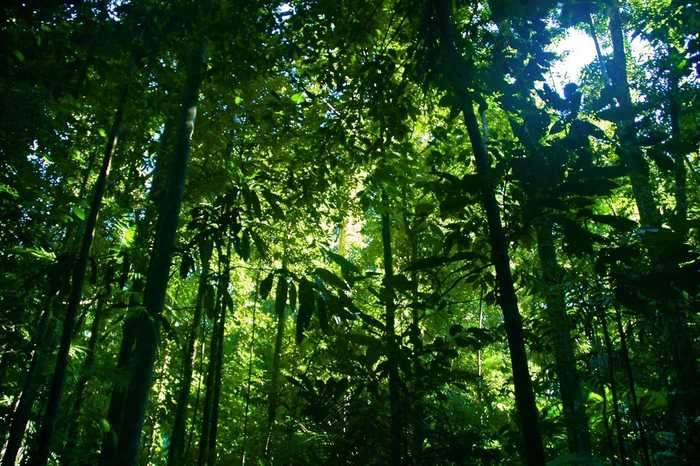
Tree planting projects have tended to focus on the tropics, because trees grow faster in a warmer, more humid climate that has consistent daylength. Planting for carbon sequestration frequently involves creating vast tropical plantations of one or two tree species, sometimes using non-native and potentially invasive species. This could be suboptimal from a climate change and ecological perspective, however. Natural forests are 40 times better at sequestering carbon than plantations, and planting mixed species forests can dramatically increase carbon storage.
Planting native forests also has benefits in terms of increasing biodiversity, which in turn will create a healthier, more productive ecosystem that can better withstand environmental changes. Recent studies have highlighted the potential for carbon sequestration in boreal and temperate forests, advocating that planting projects do need to be encouraged in these climates too.
Why are we creating forests in the UK?
The UK is one of the least wooded countries in Europe, with forest cover of only 13%, compared to a European average of 46%, even though it is has one of the best climates for tree growth. The UK is also one of the most impoverished countries in terms of biodiversity. It is estimated that we have lost 50% of our biodiversity, ranking 189 out of 218 countries assessed on a Biological Intactness Index. The numbers of each species occurring in the UK has also declined, with a 13% average reduction in the abundance of species since 1970. Biodiversity is critical to the health of the ecosystems around us that we rely on for food production, as well as to our health and wellbeing, and new measures are being discussed to increase British biodiversity.
At Creating Tomorrow’s Forests, we passionately believe that we should be restoring thriving woodland ecosystems here in the UK, rather than planting abroad, and our expertise in planting and managing forests will help us achieve this. We are contributing towards UK commitments to plant 11 million trees by 2022, by partnering with businesses to invest in our natural capital, restore lost habitat, and increase ecosystem services.
Our focus is on creating woodland habitat that our partners can visit and appreciate, and involving them in the forest development journey to provide education on our native wildlife. We use the latest scientific research and detailed analysis of each of our sites to ensure that we are planting the right tree, in the right place, at the right time. This means that we will make sure that our forests thrive and that we maximise biodiversity and carbon sequestration. Our commitment to our members and to the planet is to provide beautiful, diverse habitats that allow wildlife to thrive and help nature to help us fight climate change.
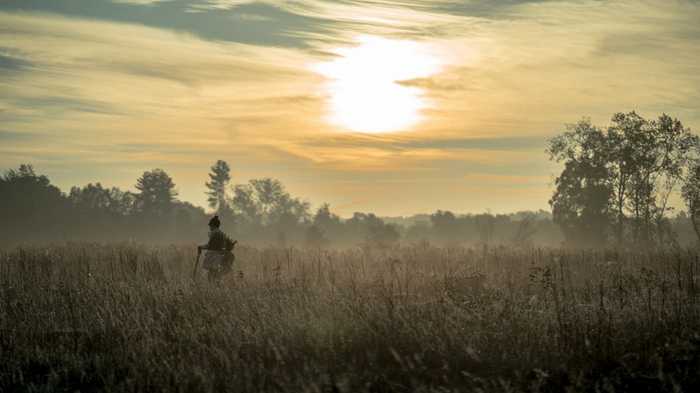
Many thanks to
Dr Simone Webber
Senior Ecology Editor
creatingtomorrowsforests.co.uk
If you would like to contribute a guest blog, please contact Sitting Spiritually at info@sittingspiritually.co.uk

Posted on April 5th 2021
